The DJI Neo and the Phantom X Concept
Yesterday, I made a video about the DJI Neo and how versatile this drone is. It got me thinking about the Phantom X concept. I’m not sure if anyone has seen or remembers this video posted to YouTube on DJI’s page, but it was uploaded eight years ago on November 3rd, 2015.
The newest comments range from a few weeks ago to about four or six years ago, with people wondering where this concept was at. Well, I think this concept is actually starting to become a reality with the release of the DJI Neo, just in a very tiny and simple version.
I’ll show you some quick highlights from that concept video here in this video. If you want to watch it, I’d highly recommend checking it out and listening to what some of the people speaking have to say. Just keep in mind it is a highly scripted video. I’ll put a link in the description if you want to check it out.
As I watch some of these clips, I can’t help but think that the Neo is the concept drone they’re showing off in this video, except on a much smaller and entry-level scale. I think it’s a mixture of the technology still being adapted to be as good as what we see in this concept video, but I also think it’s a matter of the Neo being a small, lightweight, entry-level drone. It would need a full suite of sensors, better image stabilization, and a better camera to eventually do what this drone is doing in the video. This just isn’t something that you could sell today at the price point of the Neo.
Skyio and the Personal Drone Market
Some of you might say that Skyio has already achieved the goal of a personal drone that can follow you anywhere, like the Phantom X, with their S2 drone. But as a company with their track record, I don’t know if we can depend on them to release something that we can actually use.
As a brief history, Skyio released their first drone, the R1, back in 2018, which was quickly updated with the launch of the Skyio 2 in 2019. This gave the drone significant hardware upgrades and, more importantly, made it less expensive so it was more attainable for more people.
Unfortunately, this is where the hardware story ends with Skyio, except for the small refresh that came in early 2022 with an upgraded antenna system and a bigger battery, called the Skyio 2 Plus. It didn’t really introduce anything vastly different.
Skyio really isn’t a hardware company, though. They were and still are more of a software company that chooses to improve their hardware over years with software updates. For example, the S2 platform received new features, improved tracking, and just became overall better over the course of its lifespan. There was a lot to look forward to with Skyio drones as a good competitor to DJI, that is until they started making their commercial drones, which quickly led to a full exit of the consumer drone space.
This means that Skyio no longer makes drones for photographers, videographers, action sports enthusiasts, and hobbyists in general. Instead, they make drones for law enforcement, fire, Search and Rescue, military, and other general first response groups.
DJI’s Progress with Active Track
Now, look, I think the drone for first response (DFR) movement really is important. Drones as a first response tool—I think that these are going to be excellent tools to use within the space of law enforcement, public safety, and everything that I just mentioned. I think that those are the group of people that are going to be able to use drones to their fullest ability.
But as somebody that likes to take photos, videos, and fly my drone for fun, I can’t help but feel a little bit jaded that they sold a drone which is now about six years old, supported it for a really good long time, and then they just said, “Hey, we’re not going to make consumer drones anymore,” and they just completely pulled the rug out from anybody that purchased one of their drones hoping for some sort of upgrade.
So, it seems like now we just have DJI left to make their own concept a reality. Over the past few years, I have been closely monitoring the changes to Active Track to see how they have been improving it from new hardware to new software features to better drones in general. Their aircraft have been improved so if you wanted to follow you autonomously or if you want to fly manually with a controller, you get the best experience possible.
Now, you might argue that these clips I’m showing you from previous videos that I’ve uploaded using Active Track are better than what Neo can accomplish, and I’d say that you’re right. The Mini 4 Pro, for example, can follow me from any side, it can dodge obstacles with its omnidirectional obstacle avoidance, it has a stabilized 4K camera that is way better than what’s on Neo, but it completely lacks the fundamental ease of use that Neo introduces.
It feels weird saying that the Mini 4 Pro isn’t easy to use, but quite honestly, when compared to the Neo here, it does feel just a little bit clunky, especially when you compare them from a tracking standpoint.
The fact that with the Mini 4 Pro you need to be connected to a remote and you need to have that remote within close vicinity just makes it feel a lot more cumbersome than, say, just using the Neo to track you without any sort of remote whatsoever. That’s why I think that this is a fundamental step in the direction that DJI is trying to create with their Active Track system and with their drones.
The Future of DJI Drones
Now, think about it—completely ditching the remote brings up so many possible issues. What happens if it flies away? What happens if there’s a critical failure? What happens if you’re flying over water? What happens when there’s a low battery? What happens if the drone stops following you and you’re already hundreds of feet away from it? There’s literally so many things that could go wrong.
This release shows that DJI has faith in their technology to implement this future in a smaller package to start off. I can say firsthand that even with all those possible issues running through my mind, I still have faith in the drone being able to adapt and continue to work properly no matter what happens. Like even though this little drone just has a one-axis gimbal with no obstacle avoidance sensors, the tracking experience is still superb. It keeps the subject in frame and follows the path of the subject to avoid obstacles.
In my first video I uploaded with Neo, where I had it following me on my one-wheel, I mentioned about them bringing the same tracking feature to the Avata 2. Both of these drones are very similar; they’re fundamentally the same. One is just bigger, a lot more agile, and has a better camera. The other is smaller, much more lightweight, and doesn’t have as good of a camera, but the same fundamentals are here for both of these drones.
I think the Avata 2 would be great for tracking in a similar way that Neo does. The only thing that you’re missing here is obstacle avoidance, but we of course do have obstacle avoidance here with the Mini 4 Pro. So, I think that we’re kind of stuck in this weird place where the Neo is really fun and easy to use because you don’t need any sort of controller, so the tracking experience is much easier.
I think the Avata 2 would be a much better form factor because it’s bigger, can handle more crashes, it’s more agile, and can handle much larger and faster-moving subjects. And then I think that the Mini 4 Pro and other GPS drones really do excel in the fact that they have a better stabilized 4K camera and they also have the obstacle avoidance sensors on here.
So, I think that we’re again stuck in this weird place where each of these drones excels in one area. And what if we could bring them all into one perfect tracking drone that has omnidirectional obstacle avoidance, that has a stabilized camera, and that would be able to be flown with no controller? Yeah, I think that that would be the perfect future. I think that DJI is working there to get to that final ultimate goal, and it’ll be really cool to see where they’re at in a couple of years from now as they continue to improve this technology.
So, thank you guys so much for watching. If you’ve got any thoughts on tracking with Neo and these other drones, please let me know in the comments. And also let me know, did you know about the Phantom X concept? Because I think that we’re right on the doorstep of something just like that.
Anyway, thanks again, and as always, I’ll talk to you later.
Peace.
Discover more from DroneXL
Subscribe to get the latest posts sent to your email.
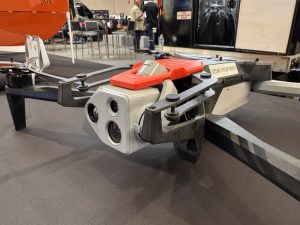
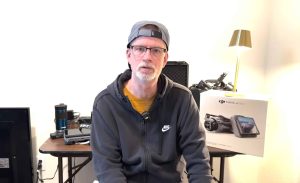
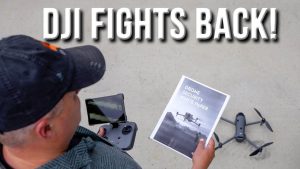


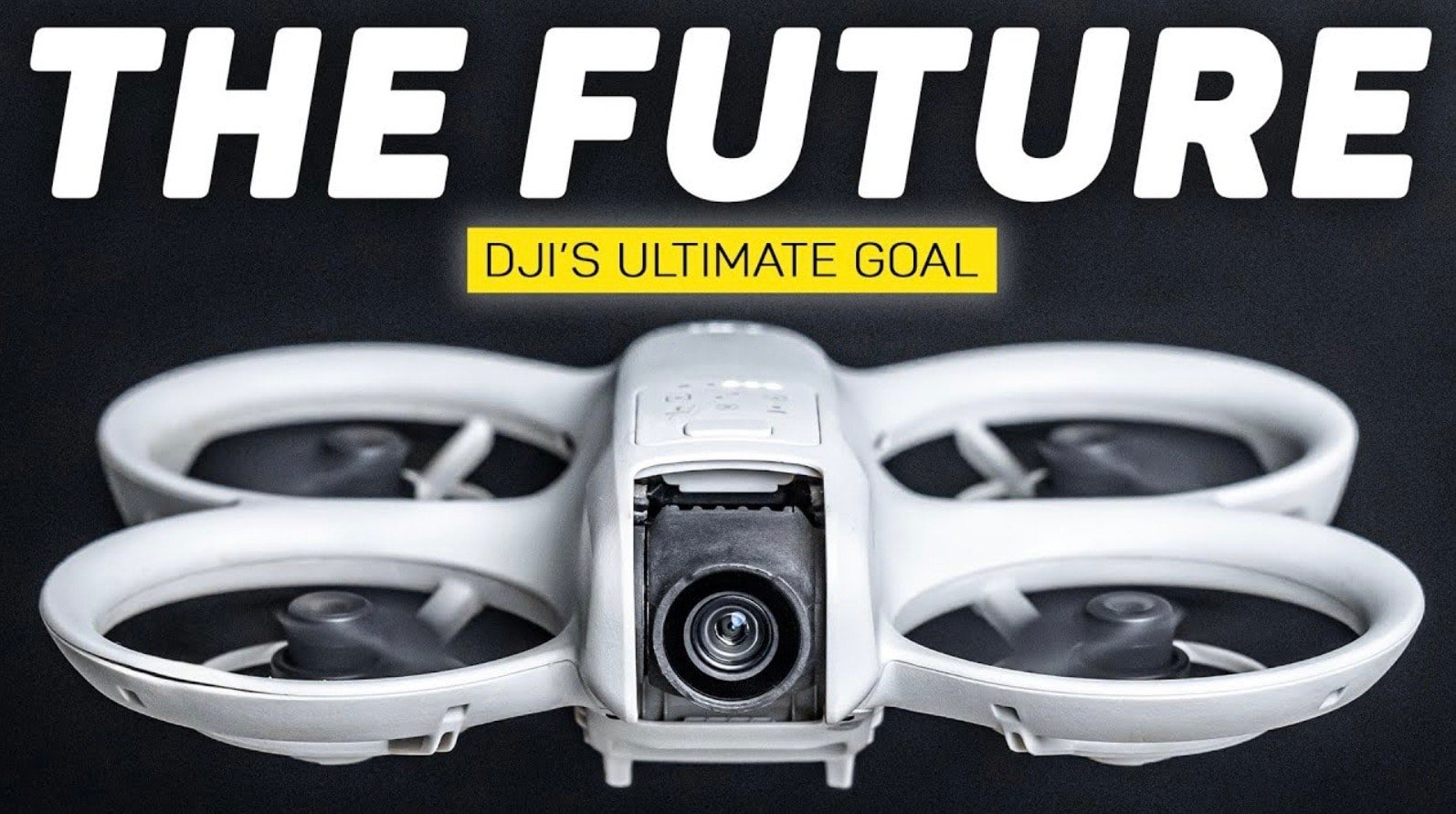


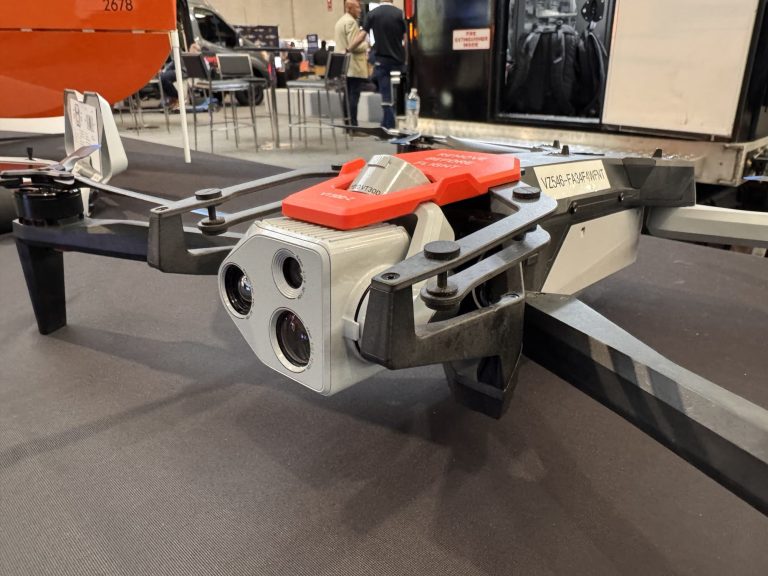

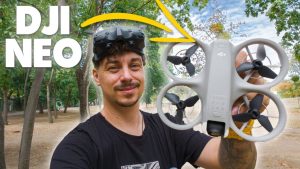
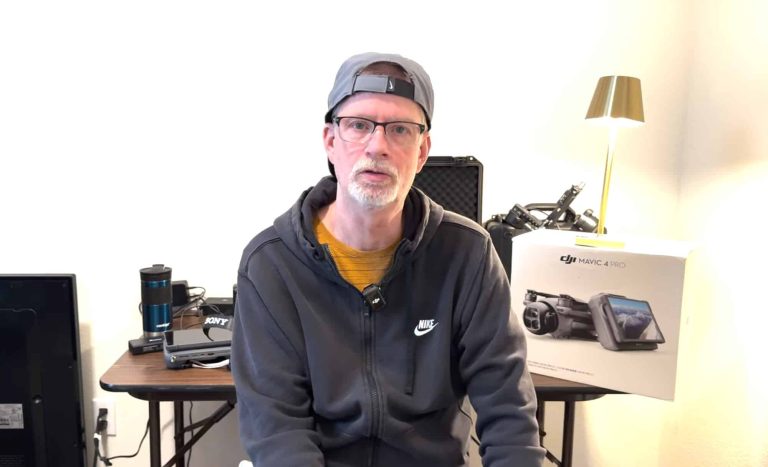
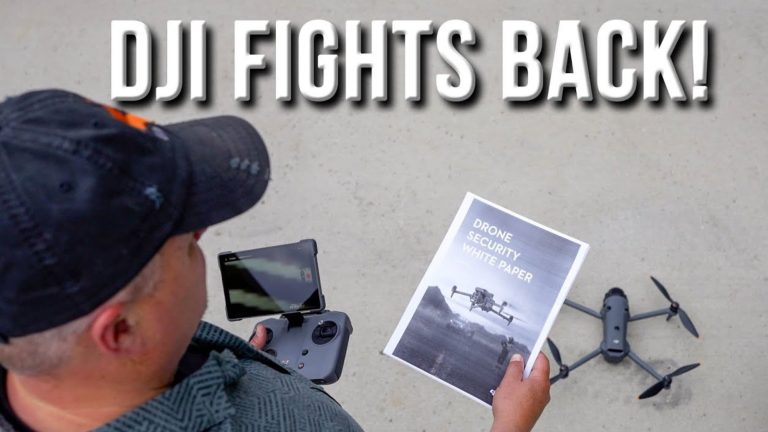
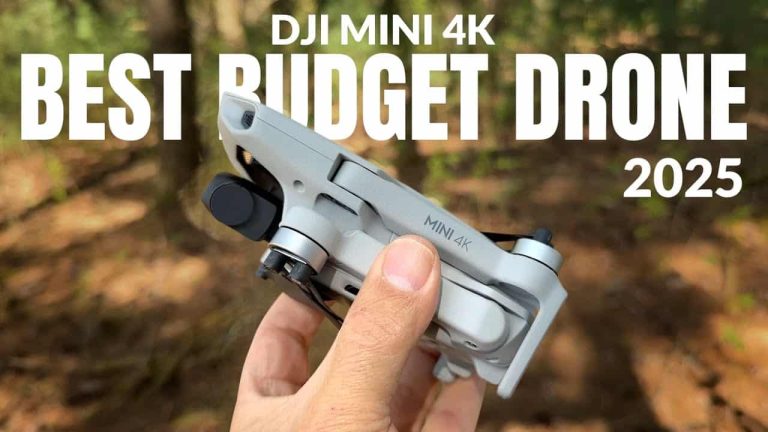
+ There are no comments
Add yours